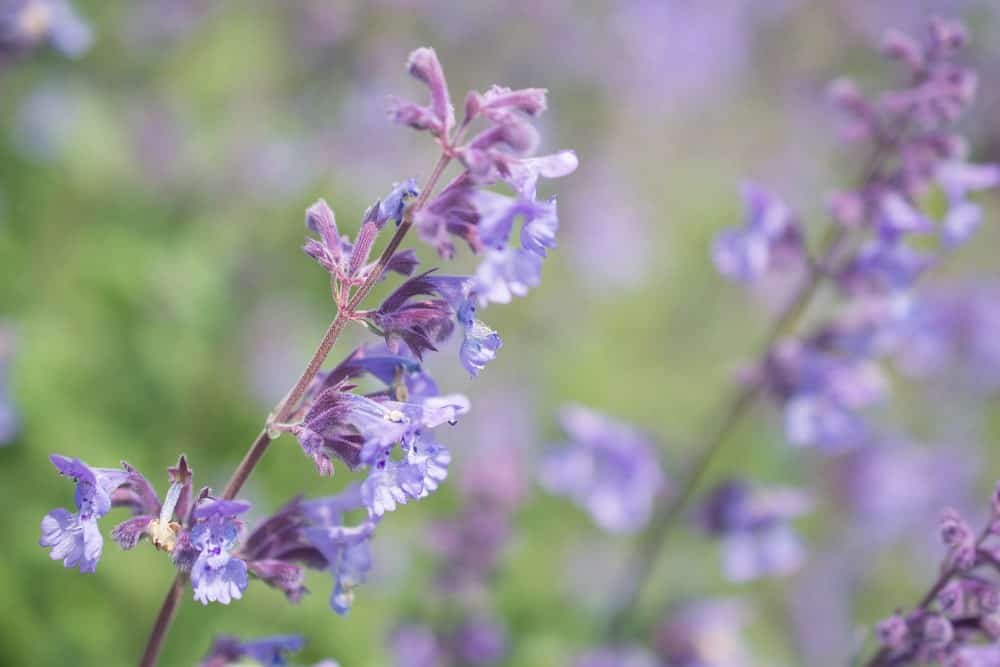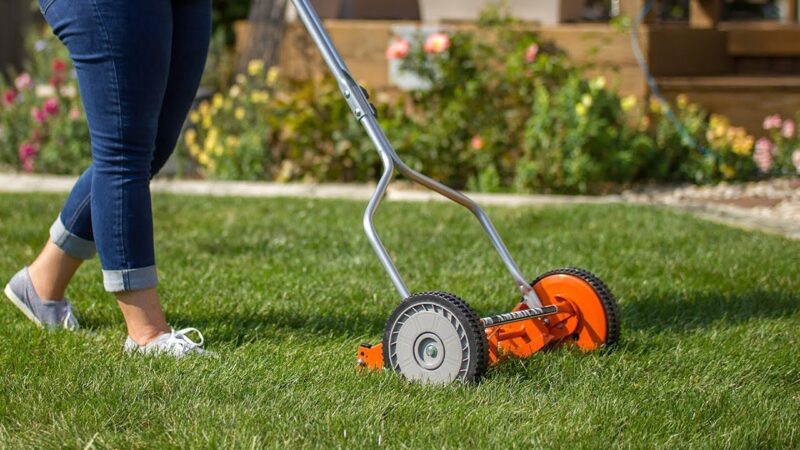How to Grow and Care for Catmints Flower

Catmint, an herb, is commonly seen to be grown in gardens. They are also called to be catnip or catswort. The inclusion of the word ‘Cat’ in its name is because of the effect that it has on cats. Although, besides cats, other animals too do not stay behind from grasping its benefits. This herb is very good for treating various conditions relating to health. The flowering top is not only excellent for stomach issues but also helps relieve stress. This useful plant is very easy to grow and does not require high maintenance. It proves to be a great friend to humans and animals. However, they are resistant to browsing animals like deer and rabbit.
Growth of Catmint
When it comes to growing Catmint, the best time to plant it is spring to early fall. When planting them, it should be made sure that enough space should be provided. This is to make sure that no overcrowding takes place. Overcrowding can result in powdery mildew. Even leaf spots may take place due to overcrowding. The recommended spacing between them should be at least 0.5 m. It is to be kept in mind that catmints have aggressive growth. Hence, adding some edge around them is also recommended. Catmints can also be grown in containers.
Care Required For Catmint
To care for Catmint is not a difficult task. In fact, it is considered to be quite easy. Until the Catmints become established, it is preferred that they should be watered regularly from the low level. This will ensure better growth. When the growth is established, Catmints can take care of their own. They do not require much attention in the later stages. Catmints are considered to be drought tolerant. Before the new growth comes up in spring, fertilizing the catmints with a ¼ cup of 10-10-10 is recommended for the best growth. Spread the fertilizers around the base while planting.

Catmints Preference
Catmints highly prefer the soil, which is well-drained. Along with that, they also prefer the soil to be humus-rich and compost amended. Even though they are hardy, they may require protection from winters in areas where the climatic conditions are extreme. When it comes to the preference of the sun, Catmints love full sun. They can even do well in part sun. Even though they are tolerant of the heat as well as the drought, it is recommended not to plant them in full sun in areas having extremely dry climates.
Other Things to Know About Catmints
The scientific name for Catmint is Nepeta. It is said to be a part of the Lamiaceae family. Its scientific name is derived from an ancient city of Rome, Nepeti, where it was first cultivated. A lot of people tend to call catmints and catnips the same. However, even though they possess the same properties, there is a minor difference between the two. Catnips have a less ornamental value when it is compared to catmints. When it comes to health benefits, catmints are known for treating anxiety and helps sleep well. It calms the mind and gets rid of stress. It also has ingredients that help take care of digestive problems. Respiratory problems are also dealt with. Catmints also prove to be useful when it comes to swollen bug bites. Catmints prove to be very easy when it comes to division.
Problems Attracted by Catmints
Usually, there are no problems with catmints when they reside in soils that are drained well. However, if the soil is not drained well or is soggy, problems like rotting of the roots may arise. It may attract pests. However, most of the time, they attract insects that prove to be beneficial, like Hummingbirds and Butterflies.
No, Catmints are not the same as Lavenders even though both of them possess very similar requirements relating to their growth. The most common salient feature that they share is their drought-tolerant properties.
No, Catmints are not considered to be toxic to humans at all. Since the name has ‘Cat’ in it, many people tend to think that it is only beneficial to cats. However, it helps the health of humans in various aspects. A common way of consuming them by humans is by eating the leaves.
Yes. When it comes to consuming catmints, consuming in the form of tea is considered to be a very common way. The flowering pots are boiled in water and removed when the boil is achieved and then consumed.





